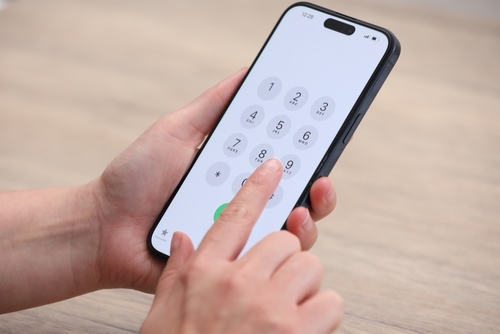Have you ever struggled with dialing into Canada, making an international call to loved ones, or making a smooth call while abroad? Understanding Canadian calling codes can simplify this process and save you from the frustration of failed connections.
This blog provides a step-by-step guide to Canadian dialing codes, explains how they work, and answers common questions about calling Canada effectively.
The Basics of Canadian Calling Codes
Canada’s phone system aligns with the North American Numbering Plan (NANP), which also includes the U.S. and several Caribbean countries. When you’re dialing to or from Canada, knowing the correct codes can make all the difference.
Key Codes You Need to Know:
- Country Code: Canada shares the +1 country code with the U.S.
- Area Code: Numbers like 416 (Toronto), 604 (Vancouver), and 514 (Montreal) identify regional areas within Canada.
- Local Number: The 7-digit phone number specific to an individual or business.
For example, a complete Canadian phone number looks like this:
+1 - Area Code - Local Number
Example: +1-416-555-1234 (Toronto).
How to Dial to Canada
From the U.S.
Luckily, thanks to NANP, calling Canada is just like dialing a domestic U.S. number. Simply dial:
1 - Area Code - Local Number.
From Other Countries
Dialing from outside the U.S. and Canada follows these steps:
- Enter the international exit code of your country (e.g., 011 from the U.S., or 00 from the U.K.).
- Dial Canada’s country code (1).
- Add the area code, then the 7-digit local number.
For instance, calling Toronto from the U.K. would look like 00 + 1 + 416 + Local Number.
Why Are Canadian Calling Codes Important?
Understanding Canadian calling codes equips you with a smooth and interruption-free way to connect with friends, relatives, or businesses located in the country. With the global rise in remote work and international communication, using the right codes is more crucial than ever.
Benefits of Knowing Calling Codes:
- Cost-efficiency: Avoid expensive call disruptions or retries.
- Clarity: Prevent misdialing by understanding each segment of the phone number.
- Convenience: Streamline calls for work, emergencies, or leisure.
Helpful Tips for International Travelers and Expats
If you’re moving to or traveling in Canada, having a strong grasp of the dialing system—including area codes in your city—is key. For example:
- Area code 403 covers much of Alberta, including Calgary.
- Saskatchewan primarily uses area codes 306 and 639.
Additionally, local codes like 911 (for emergencies) and 611 (customer service help within Canada) make it faster to connect when needed most.
For more on adjusting to life in Canada, learn about cost-of-living insights here.
Commonly Asked Questions About Canadian Calling Codes
What’s the difference between a country code and an area code?
The country code (1) represents Canada’s place within the international phone system. Area codes (like 416 or 604) specify regions within the country.
Are any Canadian numbers toll-free?
Yes. Canadian toll-free numbers begin with 800, 888, 877, 866, 855, 844, or 833, making them free to dial within Canada and the U.S.
What should I do if I can’t connect?
Ensure you’ve included the correct country, area, and local codes, and check your phone provider’s plan for international dialing.
How do I call a mobile phone in Canada?
The process is the same as calling a landline number. Mobile usage in Canada doesn’t require special codes.
The Simplest Way to Call Canada
Connecting with family or business contacts in Canada doesn’t need to be complicated. With the “+1” international code and the right area and local details, you can achieve seamless communication.
For those interested in more specifics on calling codes globally, explore international dialing lists.

